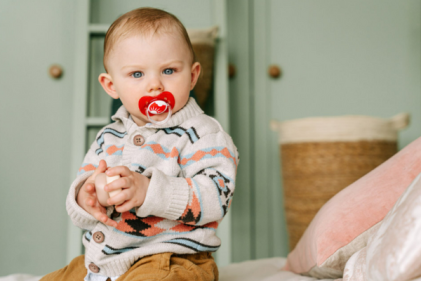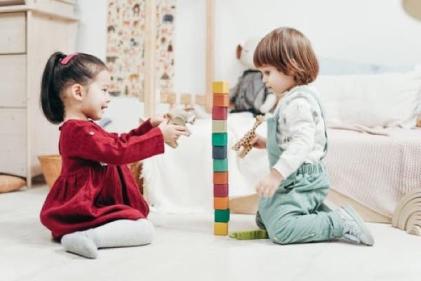Why is it that the second we’re in a public place our toddlers decide to have meltdowns to rival Vesuvius?
Why do they do it? And how do we cope when they do?
Toddlers begin to throw temper tantrums at around eighteen months old and generally they become far less common by the age of four. But in the space in between, screaming, hitting and biting can be very common behaviours in an overwhelmed toddler and parents can find it very difficult to handle.
These behaviours stem from wanting to express themselves but lacking the language skills to do so. Frustration at not being able to communicate their needs often comes out as a tantrum, and by the time they reach the age of 4, they have built up language skills to communicate and tantrums will slowly peter out. In the meantime, however, here’s a checklist to help you and your toddler cope with these overwhelming emotions.
What has triggered the tantrum?

Even we as adults find it hard to control our frustration sometimes, but it’s never there for no reason. Some event or feeling has triggered our reaction and the same is true for our children. Except they can’t express their hunger, or their hurt or their jealousy of another child. Even if we’re in a stressful situation, sometimes all they need in that moment is love and attention. If there is a common theme to the tantrums then there may be some event or trigger in the environment that is stressful for your child and needs to be looked into further.
Accept that this meltdown is happening here and now
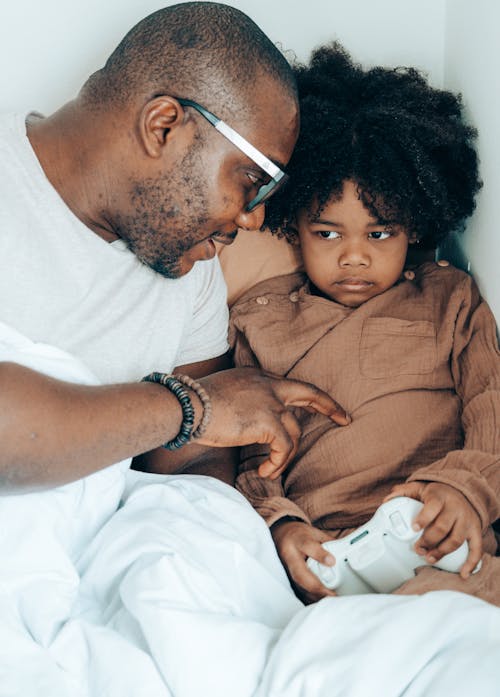
Why have they decided in the queue at the busy post office or when you’re on that important phone call is the time to express these feelings? We’ll never know. But until they are addressed, the problem isn’t going anywhere. Trust that the other people around you have been through this before and understand completely – trust me, no one will be staring at you. If anything, they’re internally sympathising.
Deflect from the problem
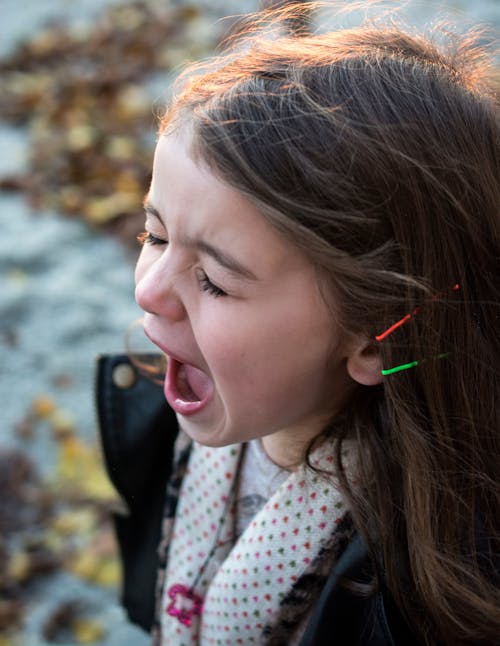
Distraction is key in these situations. Whatever you deflect to, whether it’s a bird outside the window or a nearby toy, make sure to sound interested and excited by it, to keep their mind of whatever is bothering them as much as possible.
Try to stay calm
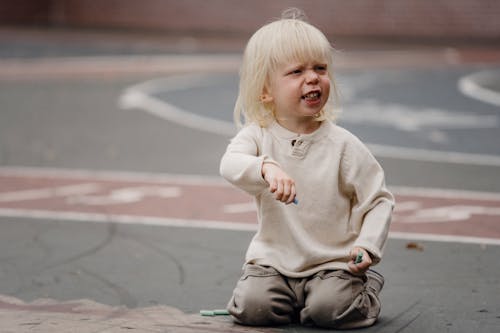
Reacting their distress with your own, or even with anger is only going to make the situation worse. They’re already feeling overwhelmed by whatever else is going on, and if you add to it, the tantrum will only go on longer.
Stick to your guns

If the tantrum has been caused by saying no to something – a sweet in the shop, permission to do something, etc – stick to your decision, regardless of the tantrum it causes. Giving in teaches your child that throwing tantrums gets results and they’ll do it again next time they want something. But seeing that upsetting you and themselves accomplishes nothing will discourage the behaviour.
Try holding your child firmly until the tantrum passes
Some parents find this helpful, but it can be hard to hold a struggling child. It usually works when your child is more upset than angry, and when you're feeling calm enough to talk to them gently and reassure them.
Hitting, biting, kicking and fighting
These are not necessarily signs of aggression and most children do this. Toddlers may not understand that their actions are hurting others. There are ways to teach them not to do this, like making it clear that it hurts you and that it will not be allowed. Talk to them to see if anything is worrying or unsettling them that may be causing this behaviour. Some children may be doing it for attention, so ensure they know they are loved but this bad behaviour is not – praise good behaviour and give lots of cuddles when they are displaying it.
Give them space to express negative feelings

Going to a park or somewhere with space and letting them run and shout out can let them express these emotions without hurting anyone. Let them know you see how they’re feeling by talking with them and giving them words for their emotions.
If you're seriously concerned about your child's behaviour, talk to your health visitor or GP.





